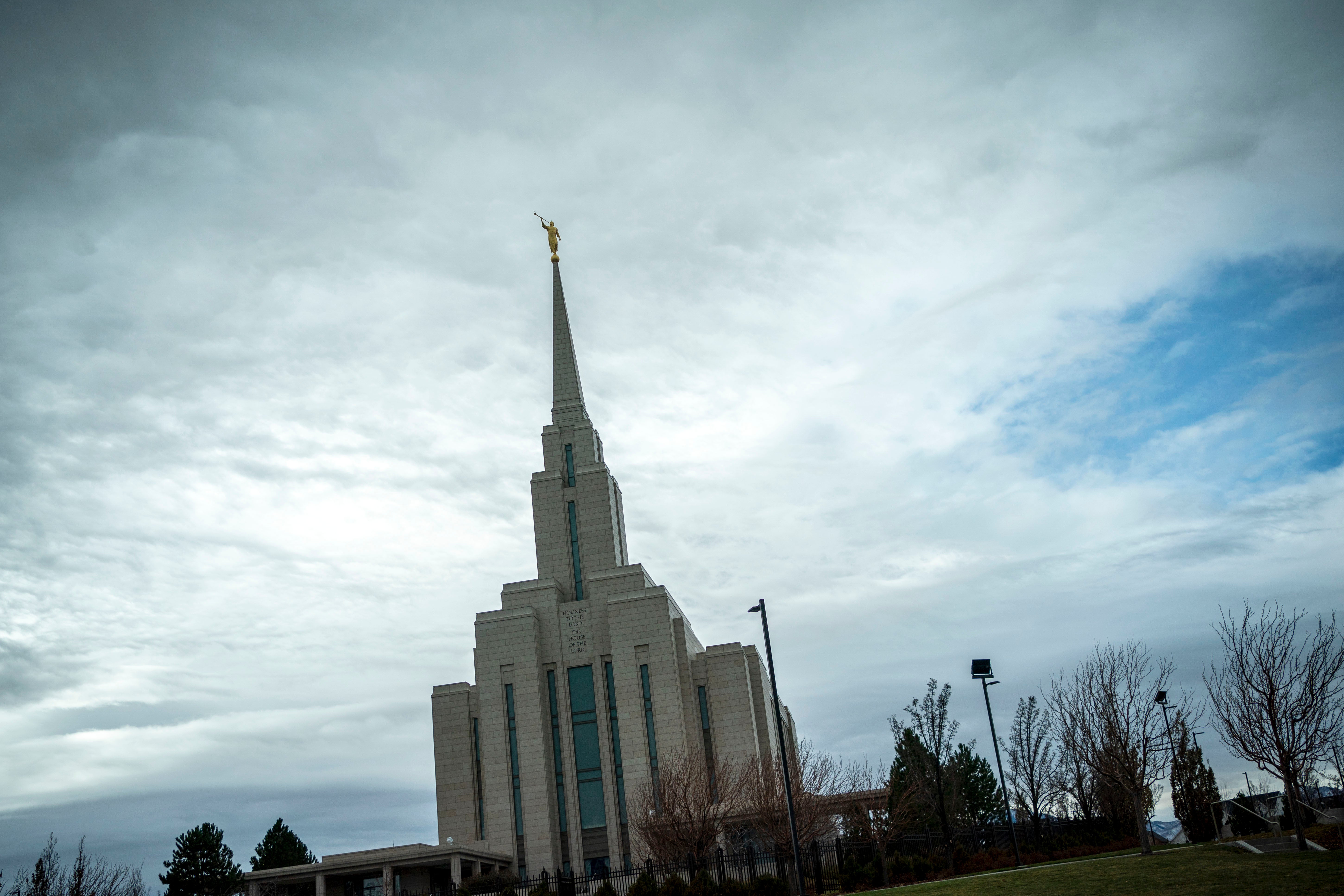The history of the Church of Jesus Christ of Latter-Day Saints, often called the Mormon Church, holds a multi-layered story about race relations, especially with regards to Blacks within Mormonism. This article is designed to offer a factual and objective examination of the treatment that was historically given to Black individuals within the Mormon Church, discussing the policies that were enforced and how the Church has evolved to disavow traditional beliefs and practices that were that were deemed racist.
Blacks in Mormonism: A Historical Overview
Between 1852 and 1978 between 1852 and 1978 the Mormon Church enforced a policy that barred blacks in Mormonism from priesthood ordination. This policy was the result of religious and racial beliefs during the time. Blacks were unable to be a part of certain rituals or obligations of the Church. This resulted in discrimination in the Mormon community. It is essential to understand that this discrimination was not solely ascribed to Mormonism. Rather, it revealed racial biases prevalent throughout American culture during that period.

Mormon Black Peoples, the 1978 Revelation
The turning point in history occurred in 1978 when the President of the Church, Spencer W. Kimball was given what Mormons consider to be a revelation from God regarding the exclusion of Black people from the priesthood. This revelation was regarded as an important event that reaffirmed a policy in place for more than 100 years. The Church of Jesus Christ of Latter-Day Saints has declared that Black individuals were now able to hold the priesthood and participate fully in all aspects of the Church.
The Church’s stance today rejects racist ideas, aiming for unification and welcoming all people regardless of race background, to accept the gospel of Jesus Christ. The doctrine of today asserts that all people are equal, and emphasizes God’s acceptance of anyone, regardless of race, gender, socioeconomic situation, or other. For more information, click Mormon Black People
Joseph Smith’s Fair Treatment of Black Individuals
Despite the racial prejudices of the time The Mormon Church’s founder, Joseph Smith, demonstrated relatively fair treatment of Black individuals. The historical records show that Joseph Smith ordained some Black men to the priesthood during his lifetime. This was in accordance with Smith’s principles of equality and inclusion within the Church. The leaders who followed Smith’s teachings implemented policies that prohibited Blacks from the priesthood. This was a reflection of the shift in attitudes towards race at the turn of the 19th century.
Racism: Addressing it and working towards unity
Church of Jesus Christ of Latter-Day Saints leadership has taken important steps to fight racism and strive for greater unity among its members. The Church’s leadership has released statements discrediting past racial beliefs and practices. The church’s leadership has released statements condemning past racism and racial practices.
The Church actively promotes understanding love, and acceptance among its diverse membership which affirms the importance and worth of each person. Efforts are made to educate members on the importance of inclusion, cultural sensitivity and the rejection of the discriminatory beliefs.
The final sentence of the article is:
Understanding the history of Blacks in Mormonism and the Church of Jesus Christ of Latter-Day Saints the evolution of dealing with issues of race is critical to fostering unity and promoting equality. The practice that barred Blacks from the priesthood for more than 100 years is a painful time in the history of the Church. The 1978 revelation, however, was a significant moment, indicating an embrace of inclusion and equality.
The current position adopted by the Mormon Church opposes racism and affirms equality. It also advocates the love and acceptance of everyone in its membership. In addressing the prejudices of history against race and implementing steps to progress toward equality, the Mormon Church is moving toward acceptance and understanding.